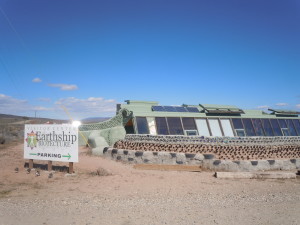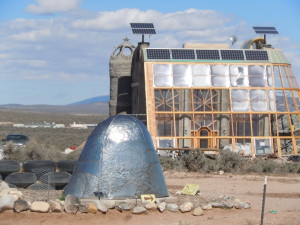One of the books I’m currently reading is Charles Eisenstein’s Sacred Economics—which makes many fascinating points about the interplay of money, attitudes, and relationships. (I’ll be reviewing it in my March newsletter; if you don’t already subscribe, please do so in the upper-right corner of this page.)
Early in the book, he talks about the gift economy, and the difference between reciprocal giving and circular giving. Reciprocal giving is closer to barter than to a true gift economy: you give something to someone, and that person reciprocates either right then, or at some future time. Until the gift is “redeemed” by the second gift, it creates a sense of obligation—kind of like what the Millionaire Mindset types call the Law of Reciprocity.
But circular giving is a completely different framework. You give something to someone, either because that person needs something you have or simply because you want to give a gift. That person will make gifts to other people who they can help. You may or may not be among the recipients. But when you have a need, someone will step forward and enable it. It’s more Karmic.
I’d never really thought about the distinction before, but I realize I’ve lived the parts of my life that are in the gift economy on the circular model. A great example (among many) is homestays. We’ve been members of the international homestay network Servas for more than 30 years, and Couchsurfing since 2009 (Note: Servas link is to the United States site, as the International is down at the moment). People stay at our house. We stay in private homes when we travel. No money changes hands. When we travel, we usually bring a small gift: a bottle of wine, a loaf of good bread, a copy of one of our books—but this is something we choose to do and is not required by either organization. Some of our guests bring gifts, some don’t.
This is not just about saving money, though that’s certainly a factor. It’s about having a visit in a place where you didn’t know anybody. Having a human connection in a private home, instead of an impersonal hotel room interchangeable with others all over the world. It’s about going someplace as a traveler and a visitor, not as a tourist—experiencing a place, if just for a couple of days, through the eyes of people who live there. Eating their food staying in their neighborhood, playing with their kids or pets, listening to their music.
It’s very rare that our homestays are reciprocal. I think there have been about five people in all these years where first one of us visited, and then the other return the visit—and the motivation in those cases was not “you owe me,” but “we enjoyed you so much, we’d like to see you again.” It’s actually very common for people who visit us to invite us to visit them,and vice versa. If we ever make it to Berlin, we already have half a dozen families who’d be delighted to host us and see us again.
And this goes back to Eisenstein; he makes the point that money not only commoditizes goods and services (and drives uniformity over craftsmanship)—but also commoditizes relationships. We build relationships with many of the people we meet through these homestay networks. We’re on each other’s Facebook friend lists or e-mail humor or political alert lists, we send copies of our annual letter, we stay in touch if we return to those locations. In short, we’re gaining friendships—not with everyone, but with the ones where the chemistry is good, and that’s most of them.
Even in the most hospitable Bed & Breakfast, with the most delightful innkeepers, this doesn’t happen; money creates a different dynamic.
And circular gift economies are only one facet of the evolving economy. I could do another whole post on paid shared-resource economies like Zipcar and Airbnb. And one thing all of you should consider is how much more eco-friendly these are than everyone buying their own car, their own lawnmower, etc.
I haven’t gotten to the part of Sacred Economics where Eisenstein lays out his ideas for money economies that don’t devalue and dehumanize. I’m looking forward to it, and might write again here when I see what he has to say about that.







